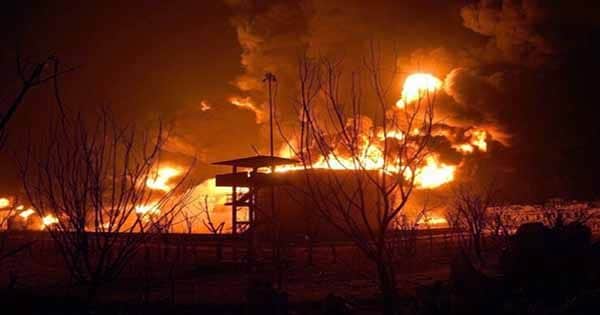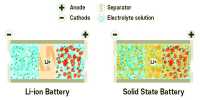Stories just write themselves, Sometimes. Remove it, anyone running the Austin Fire Department’s Facebook account: “Tortilla chips are big business around these parts. We take them seriously,” the post – made clear by CaprTV.com – suggests how important it is to dive into things. “So think about how much we were hurt when a fire broke out at our tortilla chip factory earlier this week not once, but twice!”
These weren’t ordinary fires though. It seems that at a storage facility of some kind, their teams were called to put out a conflagration of the chips triggered by spontaneous combustion. The post adds, “Yeah, you read that right.”
Three days later a few more boxes of chips – technically destroying the pellets from chip production – spontaneously burst into flames. To stop this frenzy, the team “could not burn the other crates yet, so the risk was completely eliminated.”
Now, spontaneous combustion is one of those conditions that mean some understanding. Don’t deny it: when you first saw the word, it reminded me of the stories of those people who just burst into flames for no reason and often led to death. Although there are plenty of anecdotes surrounding the sudden, sudden, burning death of man, there is no hard evidence to prove that this is possible. Instead of evidence, these cases probably happened for some other reason; a nearby fire, say, made by a drop cigarette during a snooze.
Whatever it is, there’s some fun, horrible science about why people are good, non-identical as you can read here. Needless to say, the spontaneous combustion of other things is scientifically great though. It still needs the right kind of materials and environmental conditions for the ignition event to happen, but it can and does.
A funded study by Disease Control and Prevention (CDC) explains that coal is a great example. Famous already glowing, it turns out that if there is enough oxygen in the presence and a freezing temperature, it reacts with it and begins to form oxidation, as spotted by Gizmodo.
Combustion, whether it is complete or involves a mass, imperfect chemical path, is a more extreme oxidation process. This means that if the heat generated by the gradual oxidation of coal cannot go anywhere, a reaction cycle begins: the more heat, the more coal is oxidized, which produces more heat.
This can lead to an unintended path to ignition, which in itself is “spontaneous”. Indeed, the aforementioned article includes some bizarre and sometimes resistant ones, especially the risk of cracking wet straw into flames. All involve the presence of free oxygen to varying degrees in dry air.
It has been mentioned that various oils are at risk for self-heating in the right environment. These include linseed, rapeseed, peanuts, corn, fish, and cottonseed, and safflower oils. It’s not yet clear why the tortilla chips were spontaneously adjusted, but this digital magazine from the South Australian Metropolitan Fire Service provides some clues.
As it happens, saffron, peanut, and cottonseed oils – among others – are often used in frying corn tortilla chips for high heat. Perhaps, then, they are the initiators of the fire in this incident, which the Austin Fire Department blames on the factory’s new method of handling chip waste. If you were wondering: Yes, a bag of tortilla chips in your home is perfectly safe in this case. These will not kill you in a sudden flame, so please feel free to eat and dive into the contents of your heart.
















